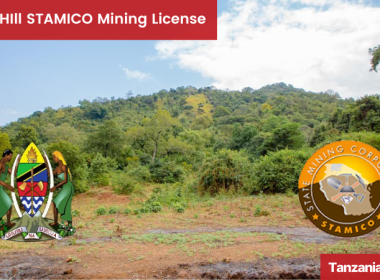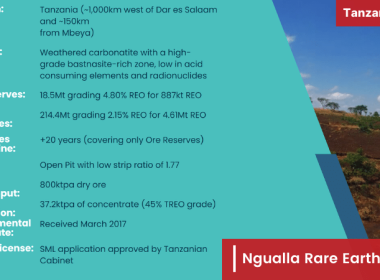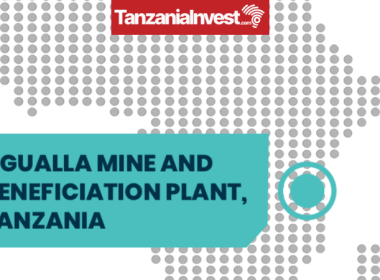Rare Earth Elements
Rare earth elements (REEs) are a group of 17 chemical elements that have unique physical and chemical properties, making them essential in a wide range of modern technologies.
The 17 rare earth elements (REEs) are scandium (Sc), yttrium (Y), lanthanum (La), cerium (Ce), praseodymium (Pr), neodymium (Nd), promethium (Pm), samarium (Sm), europium (Eu), gadolinium (Gd), terbium (Tb), dysprosium (Dy), holmium (Ho), erbium (Er), thulium (Tm), ytterbium (Yb), and lutetium (Lu).
These elements are considered “rare” because they are found in low concentrations in the earth’s crust and are often difficult and expensive to extract.
REEs are essential components in a wide range of modern technologies, including electric vehicles, renewable energy systems (wind and solar energy production), consumer electronics, defence technology, and medical technology.
REEs, particularly neodymium, praseodymium, and dysprosium, are used in the manufacture of high-strength magnets that are essential components in electric vehicle motors.
REEs, particularly neodymium and dysprosium, are used in the manufacture of high-strength magnets that are used in wind turbines.
REEs are used in renewable energy systems, including solar panels, as they are essential components in the manufacture of photovoltaic cells.
REEs are used in various consumer electronics, including smartphones, televisions, and computers, as they are essential components in the manufacture of screens, speakers, and other electronic components.
REEs are used in various defence technologies, including missile guidance systems, radar systems, and night-vision equipment.
REEs are used in various medical technologies, including magnetic resonance imaging (MRI) machines, as they are essential components in the manufacture of magnets used in MRI.
Consequently, REEs are expected to become even more crucial in the future as the world shifts toward renewable energy and advanced technology.
Rare Earth Elements Found in Tanzania
Tanzania has significant potential for rare earth element (REE) deposits and the country has a number of REE projects in various stages of development. The most advanced project is the Ngualla Rare Earth Project.
Exploration work has been carried out mainly in the areas of Songwe and Ngwala, where significant REE mineralization has been reported.
Some of the REEs found in Tanzania include neodymium and praseodymium, which are essential components in the manufacture of high-strength magnets used in electric vehicles and wind turbines.
Neodymium (Nd) is one of the most abundant REEs found in Tanzania, and it is used in the manufacture of high-strength magnets that are essential components in electric vehicle motors and wind turbines.
Praseodymium (Pr) is often found in conjunction with neodymium and is also used in the manufacture of high-strength magnets.
Tanzania Rare Earth Elements Mining Projects
There are currently no operational REE mining projects in Tanzania, although there is significant potential for the development of such projects. The most advanced project is the Ngualla Rare Earth Project.
Ngualla Rare Earth Project
Located approximately 147km from the city of Mbeya in southern Tanzania and on the edge of the East African Rift Valley, the Ngualla Project is one of the largest, highest grade and lowest cost Neodymium and Praseodymium (NdPr) rare earth projects in the world, with an estimated resource of 176 million tonnes at a grade of 2.24% total rare earth oxides (TREO).
The Ngualla Project is being developed by Australian-based Peak Resources, (ASX: PEK).
The project entails the development of a mine, mill, beneficiation facilities, concentrator, community projects and associated infrastructure.
In April 2023, Peak Rare Earths (ASX: PEK) signed a binding Framework Agreement with the Government of the United Republic of Tanzania with respect to the Ngualla Rare Earth Project.
Nyanzaga Gold Mine
In 2021, OreCorp announced that it had identified a significant REE resources at the mine.
The REE resource at Nyanzaga is located in the same area as the gold mineralisation. The REEs are thought to be hosted in the same rocks as the gold, and they are likely to be extracted as a by-product of gold mining.
At the time, OreCorp was evaluating the potential to develop the REE resource at Nyanzaga.
Wigu Hill Rare Earth Element Project
Montero Mining & Exploration (CVE:MON) made discoveries of rare earth elements in Tanzania.
Montero commenced exploration activities on the Wigu Hill Rare Earth Element project located near the town of Kisaki in the Morogoro region of Tanzania in 2008 under a Prospecting License.
In 2015 a five-year Retention License was awarded by the Tanzanian Government on the property.
However, the Retention License was expropriated by Tanzanian Government in 2018 when the new Mining (Local Content) Regulations cancelled all previously issued Retention Licenses.
In 2019, the Tanzanian Government announced the public and open tender of previous Retention Licenses. Montero filed a request for arbitration with the ICSID in 2021, in order to preserve its rights. The litigation is ongoing.
Meanwhile, Vital Metals (ASX: VML), Canada’s first rare earth miner, signed a project development and option agreement with Montero to acquire and develop the Wigu Hill project.
In its December 2022 quarterly report, Vital explains it continued discussions regarding the issuance of a Mining Licence for the Wigu Hill rare earth project.









